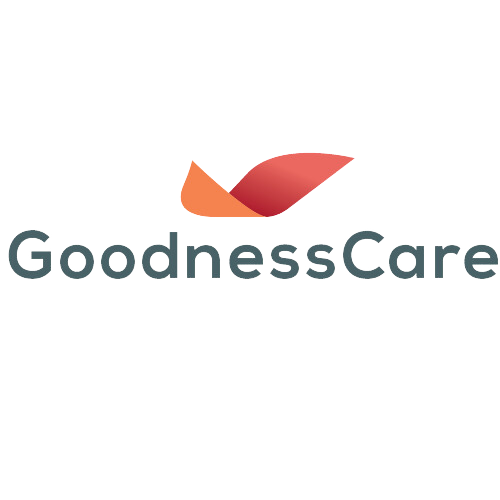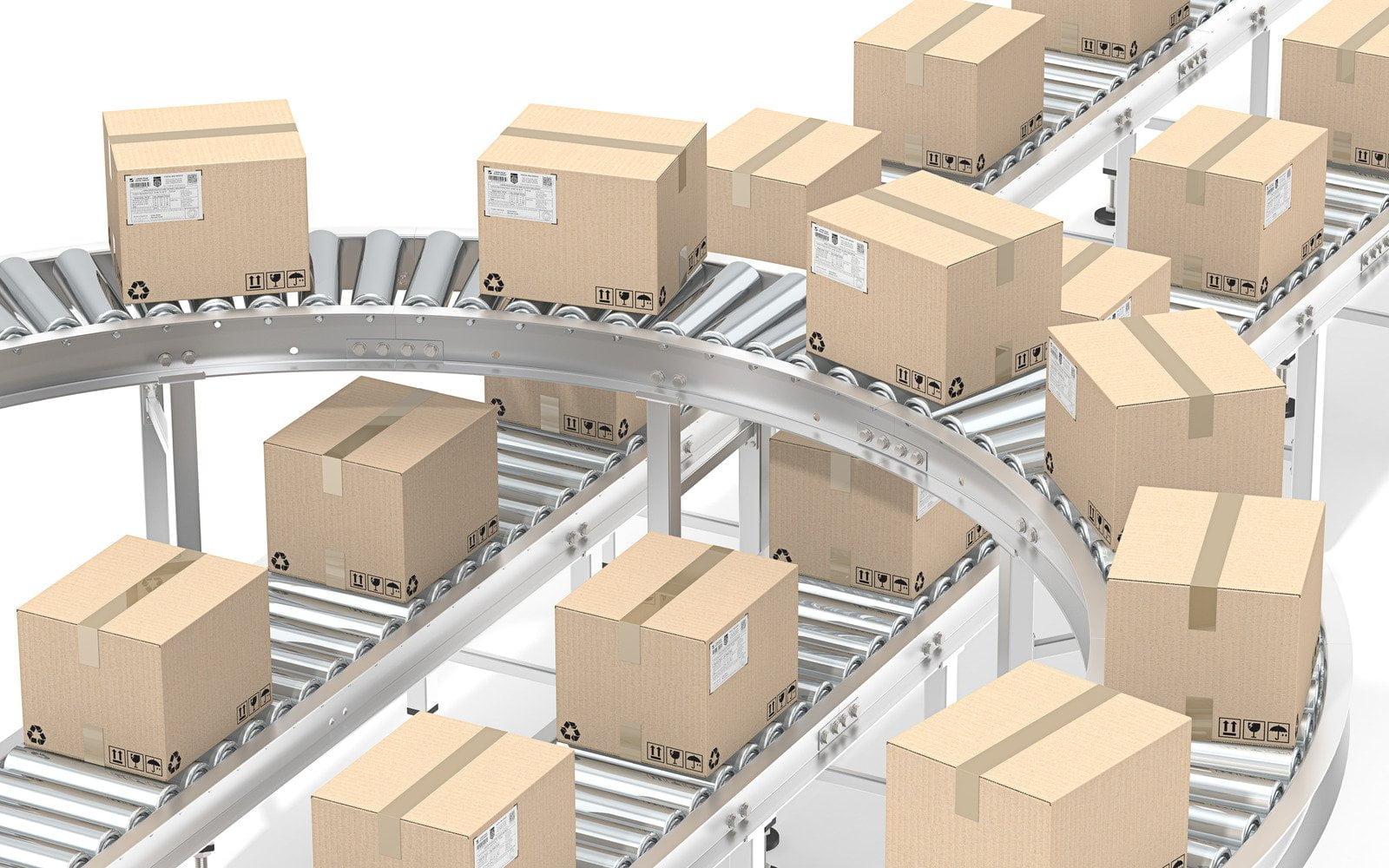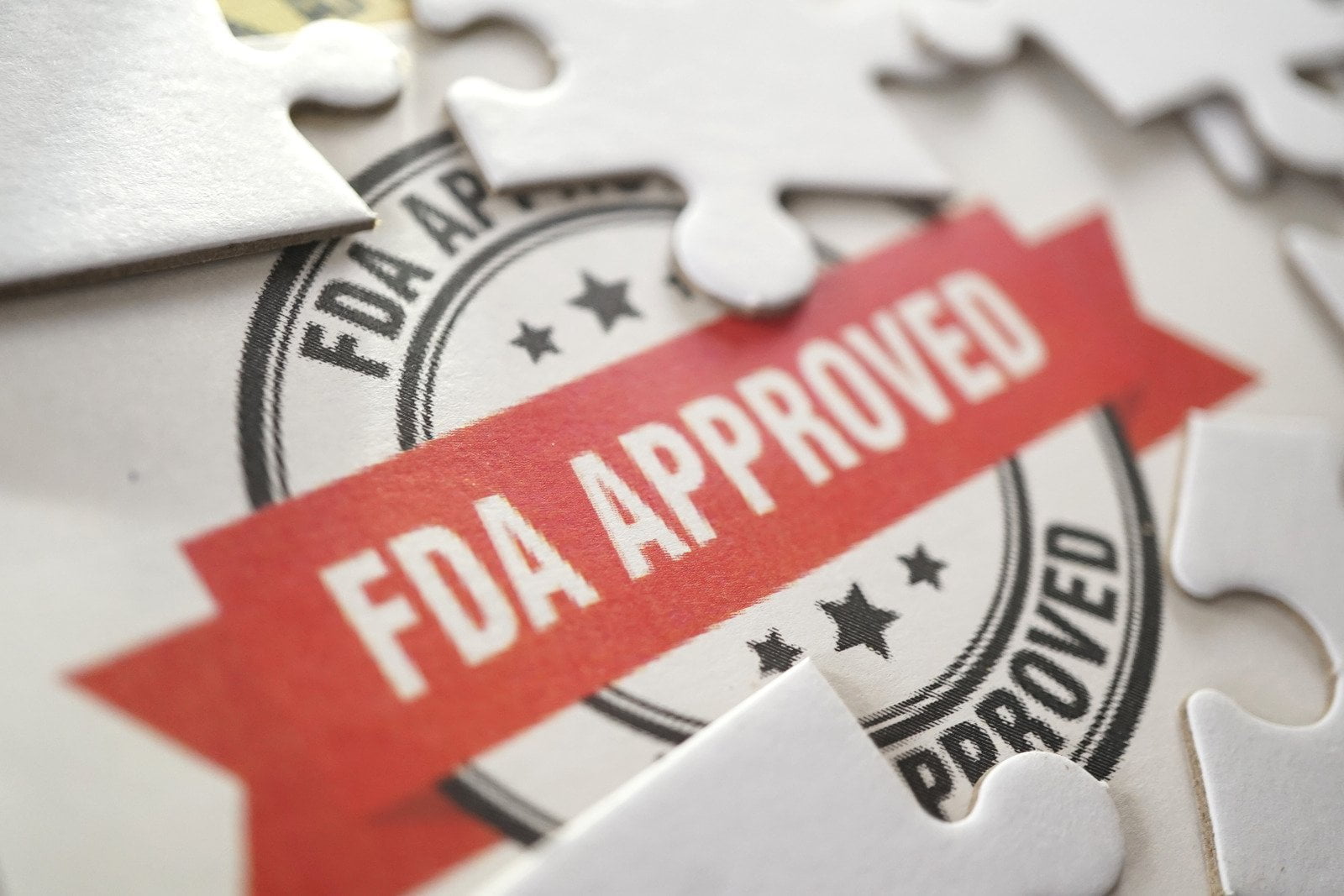The pharmaceutical distribution business, comprising pharmacies, hospitals, clinics, and healthcare providers, is pivotal in ensuring the seamless flow of medications from manufacturers to end-users. Understanding the intricacies of its business model is paramount for industry players seeking success in this vital sector. This article delves into the core components of the business model, exploring the key pillars that sustain the pharmaceutical distribution ecosystem.
1. Procurement and Sourcing: The Foundation of Distribution
The strategic procurement and sourcing of medications are at the heart of the pharmaceutical distribution business. Distribution companies establish robust relationships with pharmaceutical manufacturers, negotiate contracts, and secure a diverse range of products. These partnerships are critical for ensuring a consistent and varied inventory, allowing distributors to meet the diverse needs of healthcare providers and end consumers. The efficiency of this pillar determines the availability and diversity of pharmaceutical products within the distribution network.
Strategic Partnerships with Manufacturers
Establishing and nurturing strategic partnerships with pharmaceutical manufacturers is the cornerstone of effective procurement. Distributors engage in comprehensive discussions and negotiations with manufacturers, forging agreements beyond mere transactions. These partnerships delve into collaborative efforts, aligning distribution goals with the manufacturing capabilities of the pharmaceutical partners.
Negotiating Contracts and Terms
The negotiation phase is where the intricacies of the distribution business come to the forefront. Distributors must secure favorable pricing and negotiate terms that ensure a steady and reliable supply of pharmaceuticals. These negotiations extend to factors such as delivery schedules, order quantities, and flexibility to accommodate the dynamic nature of the healthcare industry.
Diversification of Product Range
A diverse and comprehensive inventory is a key asset in meeting the varying needs of healthcare providers and consumers. Distributors strategically curate their product range, considering factors such as therapeutic categories, formulations, and market demands. Diversification is about having a wide array of medications and ensuring that the product mix aligns with the prevalent healthcare trends and emerging medical needs.
Efficiency Metrics in Procurement
The efficiency of the procurement and sourcing pillar is gauged through various metrics. These include the speed at which new medications are brought into the distribution network, the accuracy in forecasting demand, and the effectiveness in managing supplier relationships.
Supply Chain Resilience
Beyond mere transactions, procurement is about building a resilient and agile supply chain. This involves contingency planning, risk mitigation strategies, and a keen understanding of global factors that may impact the pharmaceutical supply chain. Distributors actively work towards creating a supply chain that can withstand disruptions, ensuring a continuous flow of medications even in challenging circumstances.
2. Warehousing and Logistics: The Operational Backbone
Warehousing and logistics form the operational backbone of pharmaceutical distribution. Distributors invest significantly in state-of-the-art warehouses equipped with temperature-controlled storage to ensure the integrity of sensitive medications. The logistical aspect involves intricate supply chain management, from order processing to inventory management and transportation.
State-of-the-Art Warehouses
At the heart of efficient warehousing is the investment in state-of-the-art facilities. These warehouses are not mere storage spaces; they are high-tech hubs designed to preserve the integrity of pharmaceuticals. Temperature-controlled environments are imperative, especially for medications sensitive to environmental conditions.
Temperature-Controlled Storage
Pharmaceuticals, often delicate and sensitive to environmental factors, require specialized storage. Warehouses have temperature-controlled zones to ensure that medications remain within specified temperature ranges.
Supply Chain Management
Logistics in pharmaceutical distribution involves a sophisticated web of processes, from when an order is placed to the delivery at healthcare facilities. Efficient supply chain management includes order processing, inventory control, and transportation logistics.
Real-Time Tracking and Monitoring
In the era of advanced technology, real-time tracking and monitoring have become indispensable tools in the logistics arsenal. Distributors leverage cutting-edge systems, including GPS tracking, RFID (Radio-Frequency Identification), and IoT (Internet of Things) devices, to monitor the movement and condition of pharmaceuticals during transportation.
Technology Integration for Efficiency
The marriage of technology with logistics extends beyond tracking. Warehouse management systems (WMS) and logistics software streamline processes, enabling distributors to optimize inventory, minimize errors, and respond rapidly to changing demands.
Quality Assurance in Logistics
The logistics pillar is not just about moving products; it’s about ensuring that these products reach their destination in the same condition they left the warehouse. Quality assurance protocols are embedded in logistics operations, encompassing measures to prevent damage during transit, secure packaging, and compliance with regulatory requirements.
Last-Mile Delivery
The final leg of the distribution journey, known as last-mile delivery, is critical. Distributors strategize to ensure that pharmaceuticals reach the end user – be it a hospital, pharmacy, or healthcare provider – promptly and securely. This involves optimizing delivery routes, coordinating with local distributors, and employing strategies to overcome challenges in diverse geographical landscapes.
3. Regulatory Compliance: Navigating the Complex Landscape
The pharmaceutical industry is intricately tied to regulatory frameworks, and distributors must precisely navigate this complex landscape. Ensuring compliance with local and international regulations is a legal necessity and a cornerstone of building trust with healthcare providers and regulatory authorities. Distributors invest in comprehensive quality assurance processes, meticulous documentation, and adherence to Good Distribution Practices (GDP) to guarantee pharmaceutical products’ safety, efficacy, and traceability throughout the supply chain.
Local and International Compliance
Distributors operate globally, and each geographic locale has its set of regulations and compliance standards. Whether it’s the stringent guidelines of health authorities in a specific country or the overarching principles outlined by international bodies, distributors must navigate this complex web precisely.
Legal Necessity and Beyond
Compliance isn’t merely a legal checkbox; it’s a commitment to safeguarding public health and ensuring that pharmaceutical products meet the highest safety and efficacy standards. Adhering to regulatory requirements is not just about avoiding legal repercussions; it’s about fostering a culture of responsibility and accountability that resonates with healthcare providers, regulatory authorities, and end consumers.
Comprehensive Quality Assurance
Quality assurance isn’t an isolated step in the distribution process; it permeates every facet. Distributors invest significantly in robust quality assurance processes to guarantee that pharmaceutical products meet or exceed regulatory standards.
Meticulous Documentation
In regulatory compliance, documentation is not just paperwork; it’s a narrative of accountability. Distributors maintain meticulous records of every transaction, from procurement to delivery. This includes certificates of analysis, manufacturing records, and documentation related to Good Distribution Practices (GDP) adherence.
Adherence to Good Distribution Practices (GDP)
GDP isn’t a mere guideline; it’s a gold standard for pharmaceutical distribution. Distributors adhere to these practices, encompassing a comprehensive set of guidelines for adequately distributing medicinal products.
Ensuring Traceability
Traceability is a linchpin in regulatory compliance. Distributors implement systems that allow for the seamless tracking and tracing of pharmaceutical products throughout the supply chain. This not only aids in meeting regulatory requirements but is also a vital tool in responding swiftly to recalls or identifying and mitigating potential risks.
4. Technology Integration: Innovating for Efficiency
Embracing technological advancements is a key differentiator in the pharmaceutical distribution business model. Distribution companies invest in sophisticated software solutions for inventory management, order processing, and supply chain visibility. Integration of technologies like RFID (Radio-Frequency Identification) and IoT (Internet of Things) enables real-time tracking of shipments, minimizing errors and enhancing overall operational efficiency.
Sophisticated Software Solutions
The heart of technological innovation in distribution lies in implementing sophisticated software solutions tailored to the unique demands of the pharmaceutical sector. These solutions go beyond basic inventory management and order processing; they are bespoke systems designed to navigate the complexities inherent in pharmaceutical distribution.
Real-time Tracking with RFID and IoT
Integrating Radio-Frequency Identification (RFID) and the Internet of Things (IoT) marks a paradigm shift in supply chain visibility. RFID tags attached to pharmaceutical shipments enable real-time tracking throughout the distribution process. This minimizes errors associated with manual tracking and provides a granular view of the movement of products from the manufacturer’s facility to the final point of care.
Enhanced Operational Efficiency
Technology doesn’t just automate processes; it redefines operational efficiency. Automated systems streamline order processing, reducing the likelihood of errors and ensuring that healthcare providers receive the right products in the right quantities and at the right time.
Transparency Across the Supply Chain
Technological integration is a conduit for transparency across the entire supply chain. Stakeholders, from pharmaceutical manufacturers to healthcare providers, can access real-time information regarding the status and location of shipments. This transparency is not just a buzzword; it’s a foundational element in building trust among partners in the distribution network.
Data-driven Decision-making
Technology integration generates a wealth of data that goes beyond mere tracking. Distributors can harness this data to make informed, data-driven decisions. Predictive analytics based on historical data and real-time insights empower distributors to forecast demand more accurately, optimize inventory levels, and proactively address potential bottlenecks in the supply chain. This data-driven approach enhances operational efficiency and contributes to strategic planning for future growth.
5. Customer Relationships: Building Trust in Healthcare
Establishing and nurturing strong relationships with healthcare providers, pharmacies, and other stakeholders is integral to the success of pharmaceutical distributors. Clear communication, reliability in meeting delivery schedules, and responsive customer service contribute to building trust and loyalty. Distributors often collaborate with healthcare providers to understand their specific needs, tailoring their services to enhance customer satisfaction.
Clear Communication Channels
At the nucleus of strong customer relationships lies clear and open communication. Distributors prioritize establishing transparent channels through which healthcare providers, pharmacies, and other stakeholders can access real-time information about their orders.
Reliability in Delivery Schedules
In the realm of pharmaceutical distribution, reliability is non-negotiable. Meeting and exceeding delivery schedules is a testament to a distributor’s commitment to the healthcare providers they serve. Timely and consistent deliveries ensure that healthcare facilities have a steady supply of medications, preventing disruptions in patient care.
Responsive Customer Service
Responsive customer service in pharmaceutical distribution cannot be emphasized enough. Distributors understand the urgency that healthcare providers may face, and a responsive customer service team becomes a crucial ally. Whether addressing inquiries, troubleshooting issues, or providing additional information, a customer service team that operates with agility and empathy enhances the overall customer experience.
Collaboration for Tailored Services
Distributors recognize that every healthcare provider has unique needs and preferences. Successful distributors go beyond a one-size-fits-all approach; they collaborate with healthcare providers to understand their specific requirements. This collaboration may involve customizing delivery schedules, accommodating special handling instructions for sensitive medications, or providing additional support for urgent orders.
Customer-centric Approach for Long-term Partnerships
A customer-centric approach is not just a strategy; it’s a philosophy embedded in the DNA of successful pharmaceutical distributors. Distributors actively seek customer feedback, valuing their input to improve services continuously. This iterative feedback and improvement process fosters long-term partnerships built on mutual trust and shared objectives. Distributors become more than suppliers; they become strategic allies in providing quality healthcare.
6. Market Expansion and Diversification: Exploring New Avenues
Successful pharmaceutical distributors actively explore market expansion and diversification opportunities in an ever-evolving healthcare landscape. This may involve entering new geographic regions, expanding product portfolios, or diversifying into related healthcare sectors.
Strategic Geographic Expansion
Successful distributors understand that healthcare needs vary across different regions. With this insight, they strategically evaluate and enter new geographic markets. This expansion is not arbitrary; it’s a calculated move based on comprehensive market research, regulatory considerations, and a deep understanding of the healthcare landscape in the target region.
Portfolio Expansion for Comprehensive Solutions
Diversification is not limited to geography; it extends to the product portfolio. Distributors recognize the importance of offering a comprehensive range of pharmaceuticals to meet the multifaceted needs of healthcare providers. This may involve introducing new therapeutic categories, partnering with innovative manufacturers, or incorporating advanced medical technologies into the product lineup.
Adapting to Emerging Healthcare Trends
Market dynamics are constantly in flux, driven by technological advancements, evolving treatment modalities, and shifting patient preferences. Successful distributors keenly observe these trends and adapt swiftly. Whether embracing digital health solutions, incorporating sustainable practices, or aligning with value-based care initiatives, distributors position themselves at the forefront of healthcare evolution.
Collaborative Ventures in Healthcare Sectors
The boundaries of healthcare are expansive, encompassing pharmaceuticals and various related sectors. Forward-thinking distributors explore collaborative ventures that extend beyond traditional distribution. This may involve partnerships with telehealth providers, participation in healthcare research initiatives, or involvement in the distribution of medical devices.
Agility and Forward-Thinking Vision
Market expansion and diversification require agility and a forward-thinking vision. Distributors actively seek opportunities and are not afraid to embrace calculated risks. They invest in market intelligence, industry foresight, and a robust strategic planning process. This proactive approach ensures that distributors are not merely reacting to market changes but actively shaping their trajectory in alignment with the evolving healthcare landscape.





